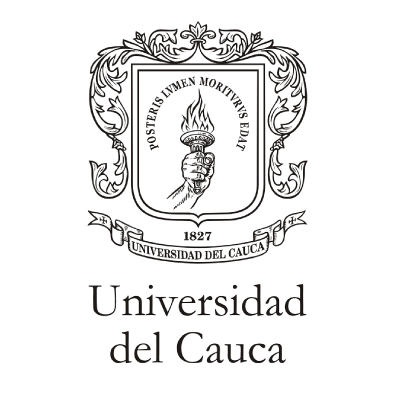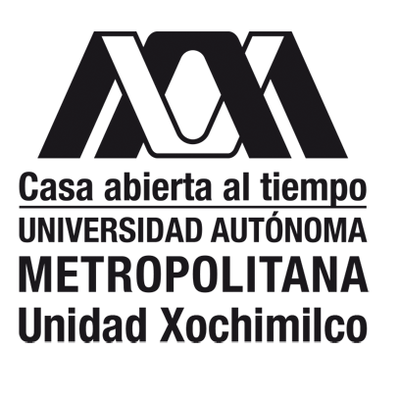Dossier. Murmullos y rastros. Plantas y animales en memorias disonantes
Convocamos artículos, ensayos, estudios que pueden ser colaborativos o de única autoría siempre que conversen con plantas y animales para contar la historia y hacer memoria. Esperamos textos escritos a muchas extremidades (por no decir que a varias manos) y con ramificaciones diversas. Debemos responder a la naturaleza intrincada de la vida que se rehace a borbotones. Las ciencias sociales han registrado estas historias en las que plantas y animales aparecen como utilería de la memoria, pero no se han detenido a pensar en ellas con suficiente generosidad. Vivimos un momento de crisis de la vida en el que parece que todo es monocultivo, escritura agroindustrial o carne de crecimiento repentino y sin sustancia: en donde el mundo de la vida parece haberse reducido a las combinaciones genéticas que uniformizan el paisaje y la comida. Creemos necesario prestarles atención y tomarlas en serio a ver si alcanzamos a conversar con ellas de modo que podamos oír y ver de otros modos.
La vida puede rehacerse en composiciones creativas y generosas y siempre está contando una historia. Con seguridad, para haber llegado a ser tan diversa, necesitó la existencia de muchas y diferentes memorias. ¿Cuáles son esas memorias más que humanas que podemos reconocer en los rastros y en los murmullos de la hojarasca? Esperamos, para este número 6 de Memorias Disidentes, contribuciones que nos ayuden a reconocer las formas variadas de la vida que se extiende en murmullos y deja rastros.
Coordinadorxs:
Laura Guzmán Peñuela (Universidad Nacional de Colombia)
Luis Alberto Suárez Guava (Universidad de Caldas)
FECHA DE APERTURA DE CONVOCATORIA: 01/09/2025
FECHA DE CIERRE DE CONVOCATORIA: 06/02/2026
Leer más acerca de Dossier. Murmullos y rastros. Plantas y animales en memorias disonantes





